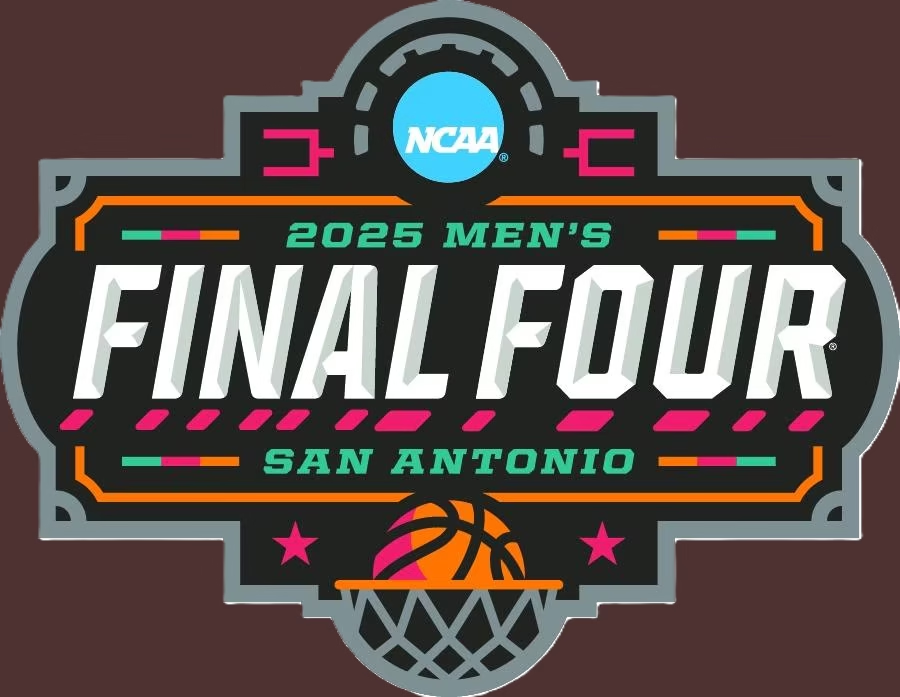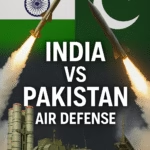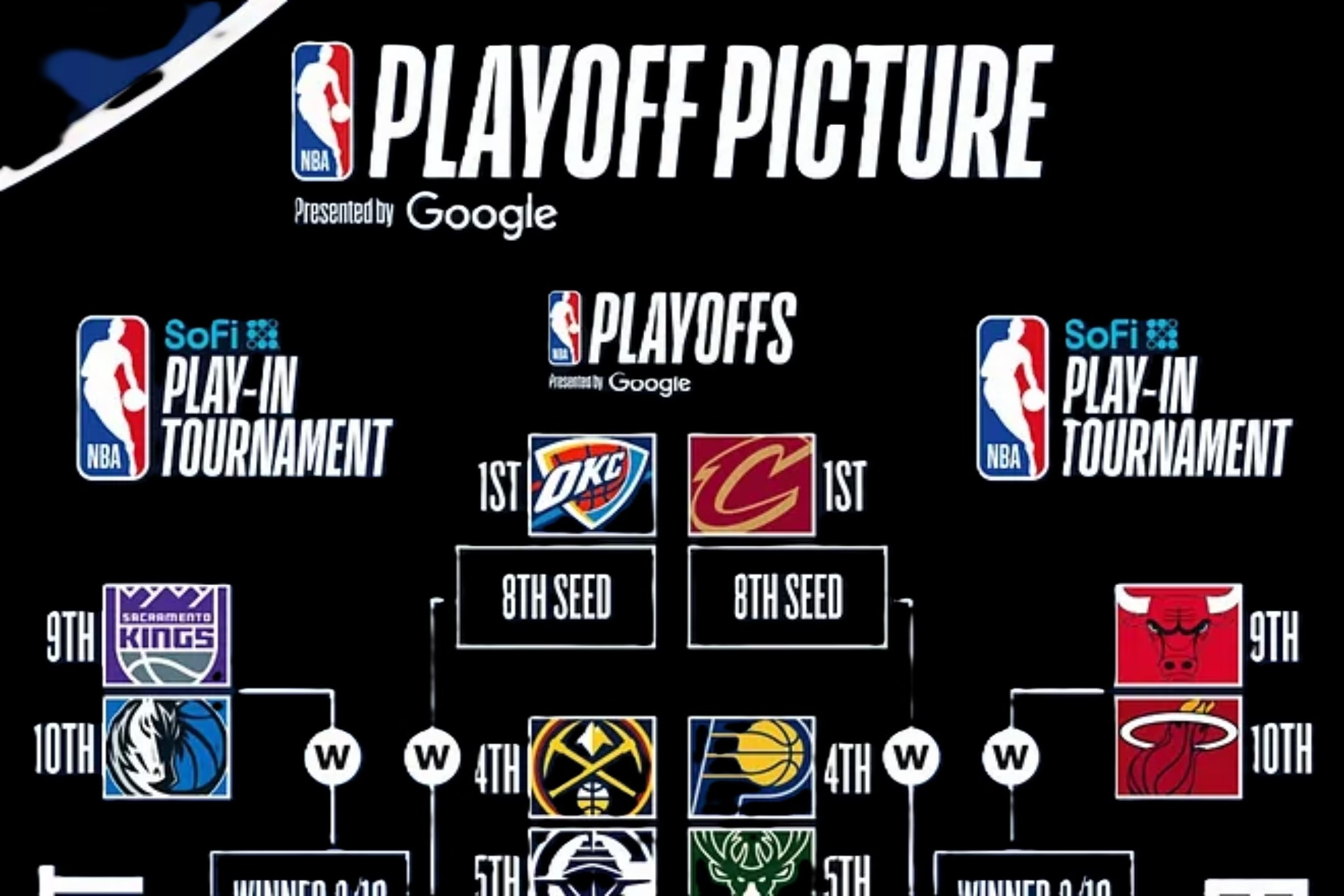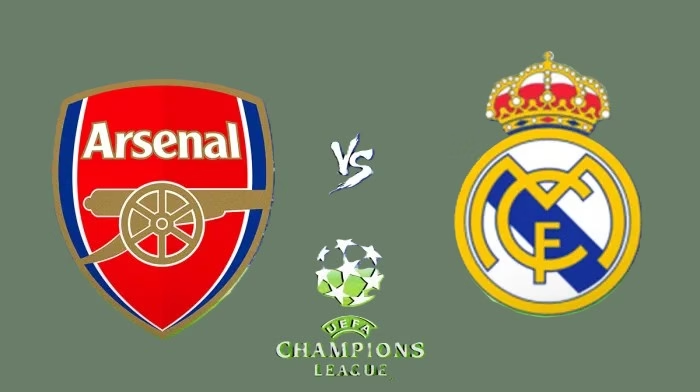The Final Four represents the pinnacle of collegiate basketball achievement, where the last four teams standing in the NCAA tournament battle for national supremacy. As one of America’s most beloved sporting traditions, the Final Four captures the imagination of millions each spring, transforming from a simple basketball tournament into a cultural phenomenon that transcends sports. This comprehensive guide explores everything you need to know about the Final Four – from its rich history and evolution to the road teams must travel to reach this prestigious stage.
Understanding the Final Four: History and Significance
The term “Final Four” refers to the last four teams remaining in a playoff tournament, particularly in the NCAA Division I Men’s and Women’s Basketball Championships. These four regional champions compete in the tournament’s semifinal round, with winners advancing to the championship game to determine the national champion.
Contrary to popular belief, the phrase “Final Four” wasn’t first coined in 1975. Historical research reveals the term was already in widespread use by the 1960s. Bill Mayer of the Lawrence Daily Journal World wrote in 1966: “What a great year it could be if… KU… could advance to the NCAA Final Four by winning the regional here.” The National Collegiate Athletic Association recognized the marketing potential of this catchy phrase and eventually trademarked the term “Final Four,” transforming it into one of the most valuable brands in American sports.
For players, coaches, and institutions, reaching the Final Four represents the culmination of years of dedication and excellence. It brings prestige, national recognition, and substantial benefits to participating schools. The Final Four has become the ultimate measure of success in college basketball, with programs often judged by their ability to reach this elite stage.
The Evolution of the Final Four Format
The Final Four’s format has evolved significantly since the NCAA tournament’s inception. Initially, the tournament featured just eight teams when it began in 1939. As college basketball’s popularity grew, the tournament expanded several times – to 16 teams in 1951, 32 teams in 1975, 64 teams in 1985, and finally to the current 68-team format implemented in 2011.
The fundamental structure remains consistent: four regional champions converge at a single venue for the semifinal games, typically played on a Saturday, with the championship game held on Monday night. This “Final Four weekend” has developed into a basketball celebration extending far beyond the games themselves.
The Road to the Final Four: From Selection Sunday to the Elite Eight
The journey to the Final Four begins with Selection Sunday, when the NCAA Selection Committee reveals the tournament bracket. For the men’s tournament, 68 teams are selected and seeded across four regions. The women’s tournament follows a similar format.
Tournament Structure and Qualification
Teams qualify for the NCAA tournament through two primary paths: automatic bids awarded to conference tournament champions and at-large bids awarded by the selection committee based on season performance. The committee carefully evaluates teams’ records, strength of schedule, quality wins, and various metrics to determine the tournament field.
Once selected, teams are placed in one of four regions and assigned seeds from 1 to 16, with the top seeds theoretically having the easiest path to the Final Four. However, the tournament’s single-elimination format creates an environment ripe for upsets, making the road to the Final Four treacherous even for the most talented teams.
Navigating the Bracket
To reach the Final Four, a team must typically win four consecutive games in their regional bracket. The tournament begins with the First Four play-in games, followed by the Round of 64, Round of 32, Sweet Sixteen, and Elite Eight. Each victory brings teams one step closer to the Final Four, with the regional finals (Elite Eight) determining which four teams advance to college basketball’s biggest stage.
What makes this journey particularly challenging is its unforgiving nature. One bad game can end a team’s championship dreams instantly. This format creates the “March Madness” that captivates fans nationwide, with underdogs often defying expectations and traditional powers sometimes falling victim to surprising upsets.
Historic Final Four Achievements and Milestones

Throughout NCAA tournament history, certain programs have established themselves as Final Four fixtures, creating lasting legacies in college basketball.
Dominant Programs and Dynasties
North Carolina leads all schools with 21 Final Four appearances, while UCLA has 18 appearances (with one vacated). Duke has also amassed 18 Final Four berths, including their most recent appearance in 2025. Kentucky (17) and Kansas (16) round out the top five programs with the most Final Four appearances.
UCLA’s dominance during the John Wooden era stands as college basketball’s greatest dynasty. Under Wooden’s guidance, UCLA won an unprecedented 10 national championships between 1964 and 1975, including seven consecutive titles from 1967 to 1973. This remarkable achievement has never been matched in men’s collegiate basketball.
In women’s basketball, UConn has established itself as the preeminent program with 24 Final Four appearances. Their sustained excellence under coach Geno Auriemma has redefined expectations for women’s basketball programs nationwide.
Conference Success in the Final Four
The Atlantic Coast Conference (ACC) and Big Ten Conference have been particularly successful in sending teams to the Final Four. The ACC has accumulated 51 Final Four appearances by nine different schools, while the Big Ten has 49 appearances (with four vacated) by eight different schools.
There have been 25 instances where multiple teams from the same conference reached the Final Four in the same year. The Big East made history in 1985 when it became the only conference to place three teams in the Final Four: Georgetown, St. John’s, and eventual champion Villanova. The 2025 Final Four continues this tradition with multiple conferences represented at basketball’s biggest stage.
Memorable Cinderella Stories
Some of the Final Four’s most compelling narratives involve unexpected participants. Schools like George Mason (2006), VCU (2011), Loyola Chicago (2018), and Florida Atlantic (2023) captivated the nation with their improbable journeys to the Final Four. These Cinderella stories embody the tournament’s unpredictable nature and democratic spirit, where smaller programs can compete with traditional powerhouses on college basketball’s biggest stage.
The Final Four Experience: Beyond the Basketball Court
The Final Four has evolved from merely the culmination of a basketball tournament into a weekend-long celebration of college athletics and entertainment.
Host Cities and Venues
The NCAA selects Final Four host cities years in advance, giving communities ample time to prepare for this massive event. Cities vie aggressively for hosting rights, recognizing the economic impact and prestige that comes with staging the Final Four. Recent hosts have included New Orleans, Indianapolis, Minneapolis, Phoenix, and San Antonio, with the games typically held in football stadiums reconfigured for basketball to accommodate crowds exceeding 70,000 fans.
The 2025 women’s Final Four is being held at Amalie Arena in Tampa, Florida, continuing the tradition of bringing this prestigious event to different cities across the country.
Fan Festivals and Activities
The basketball games represent just one component of the Final Four experience. The NCAA sponsors numerous supplementary events throughout the host city, including:
- The Final Four Fan Fest, featuring interactive basketball activities, autograph sessions, and entertainment
- Open practices where fans can watch teams prepare
- The Final Four Dribble, where thousands of children parade through downtown dribbling basketballs
- Concerts and music festivals featuring major recording artists
- Coaching clinics and youth basketball tournaments
These ancillary events transform the Final Four into a multi-day festival that engages fans of all ages, even those without tickets to the games themselves.
Media Coverage and Broadcasting Evolution
Television coverage has played a crucial role in the Final Four’s growth. The first national television broadcast of the championship game occurred in 1954, but coverage was limited to the later rounds for many years. Today, every tournament game is broadcast nationally, with extensive pre-game, halftime, and post-game coverage.
The current media rights agreement between the NCAA, CBS, and Turner Broadcasting extends through 2032 and is valued at over $8.8 billion. This massive investment reflects the Final Four’s status as a premier television property that consistently delivers large audiences.
Social media has further expanded the Final Four’s reach, allowing fans to engage with content, share perspectives, and connect with a global community of basketball enthusiasts. Real-time highlights, behind-the-scenes content, and interactive features have enhanced the viewing experience for millions of fans who follow the Final Four across multiple platforms.
The Final Four Beyond Men’s Basketball
While most commonly associated with men’s college basketball, the Final Four concept extends to other NCAA championships and has inspired similar formats across various sports.
Women’s Final Four
The Women’s Final Four has grown significantly in popularity and prestige since the NCAA began sponsoring women’s championships in 1982. UConn, Tennessee, Stanford, and Louisiana Tech established themselves as early powers in the women’s game, with South Carolina emerging more recently as a dominant program.
The 2025 Women’s Final Four features defending champion South Carolina facing Texas in one semifinal, while UCLA makes its first-ever Final Four appearance against UConn in the other semifinal. These matchups showcase the evolving landscape of women’s college basketball, with traditional powers and emerging programs competing at the highest level.
The NCAA has worked to establish greater equity between the men’s and women’s tournaments in recent years, standardizing the “March Madness” branding for both events and ensuring comparable facilities and amenities. These efforts reflect the growing recognition of women’s athletics and have contributed to the Women’s Final Four’s increasing popularity.
The Frozen Four and Other Adaptations
The NCAA cleverly adapted the Final Four concept for ice hockey with the “Frozen Four,” which determines the men’s and women’s collegiate hockey champions. This creative branding has helped raise the profile of college hockey and demonstrates how the Final Four concept can be successfully applied across different sports.
Other NCAA championships have adopted similar formats, bringing together four semifinalists at a single site to determine national champions. The consistency of this approach has helped the NCAA create a recognizable brand identity across its various championships.
The 2025 Final Four: Teams, Matchups, and Storylines
The current men’s Final Four features an exciting mix of traditional powerhouses and emerging programs. Duke has continued its legacy of excellence by reaching yet another Final Four, while Auburn represents the SEC in what marks a significant achievement for their program. Florida has also made a strong showing to reach the Final Four, demonstrating the depth of talent in college basketball.
Women’s Final Four Matchups
The 2025 women’s Final Four offers compelling matchups with rich narratives. South Carolina aims to join an elite group of programs that have won back-to-back national championships, while UCLA hopes to make history with its first title. UConn continues its tradition of excellence with its 24th Final Four appearance, and Texas seeks to establish itself at the highest level of women’s basketball.
The South Carolina vs. Texas semifinal features contrasting styles and coaching philosophies, while UCLA vs. UConn pits a first-time Final Four participant against the most experienced program in women’s basketball history. These dynamics create multiple storylines for fans and media to follow throughout the Final Four weekend.
The Financial Impact and Economics of the Final Four
The Final Four represents a significant economic engine for the NCAA, participating schools, and host communities.
NCAA Revenue and Distribution
The NCAA generates approximately 90% of its annual revenue from the men’s basketball tournament, with the Final Four weekend serving as the culmination of this lucrative event. The current broadcast rights agreement provides the NCAA with approximately $1.1 billion annually.
This revenue funds not only the operations of the NCAA itself but also supports member institutions through various distribution mechanisms. Schools receive financial benefits based on their conference’s performance in the tournament over a six-year rolling period, creating significant incentives for tournament success.
Impact on Host Cities
Cities hosting the Final Four experience substantial economic benefits. The influx of tens of thousands of visitors generates revenue for hotels, restaurants, transportation services, and retail establishments. Studies have estimated the economic impact of hosting a Final Four weekend at between $150-200 million, depending on the city and specific circumstances.
Beyond the immediate financial impact, hosting the Final Four brings national visibility that can benefit cities in the long term. Successful hosting experiences can position cities for future consideration for major sporting events and conventions.
Benefits for Participating Schools
Schools reaching the Final Four experience numerous benefits beyond the direct financial returns from the NCAA. These include:
- Increased applications for admission, often called the “Flutie Effect”
- Enhanced fundraising opportunities from energized alumni and supporters
- Improved recruiting prospects for athletic programs
- Merchandising revenue from Final Four-related apparel and products
- Elevated institutional profile and brand recognition nationally
For smaller schools making unexpected Final Four runs, these benefits can be transformative, elevating the institution’s prominence far beyond what traditional marketing efforts could achieve.
The Cultural Significance of the Final Four
The Final Four has transcended sports to become a cultural touchstone that resonates even with those who don’t regularly follow basketball.
Bracket Mania and Office Pools
The practice of filling out tournament brackets has become an annual American tradition extending far beyond dedicated basketball fans. Colleagues, friends, and family members participate in bracket challenges, creating shared experiences and friendly competition. Major companies offer substantial prizes for perfect brackets, despite the astronomical odds against correctly predicting all 63 games.
This widespread participation has helped the Final Four penetrate American culture more deeply than many other sporting events, creating conversations and connections across diverse demographic groups.
The Final Four in Popular Culture
The Final Four has been featured in numerous films, television shows, advertisements, and other media, further cementing its place in American cultural consciousness. Basketball movies often culminate with championship games inspired by the Final Four, while the tournament’s distinctive terminology has entered the vernacular even among non-sports fans.
Politicians, celebrities, and other public figures regularly share their brackets and Final Four predictions, demonstrating the tournament’s reach beyond traditional sports audiences. The annual tradition of the sitting U.S. President completing a tournament bracket has further elevated the Final Four’s cultural significance.
The Future of the Final Four
As college athletics continues to evolve, the Final Four will face both challenges and opportunities in the coming years.
Impact of NIL and Transfer Portal
The introduction of name, image, and likeness (NIL) rules allowing student-athletes to profit from their personal brands has fundamentally altered the collegiate sports landscape. Combined with the transfer portal that facilitates player movement between programs, these changes are reshaping how teams are built and maintained.
These developments could potentially lead to greater parity in college basketball, with talented players distributed more evenly across programs rather than concentrated at traditional powers. This might result in more diverse representation in future Final Fours, with more first-time participants achieving basketball’s ultimate stage.
Potential Tournament Expansion
Discussions about expanding the NCAA tournament beyond the current 68-team format continue to emerge periodically. Proponents argue that expansion would create more opportunities for deserving teams, while critics worry about diluting the tournament’s quality and extending an already lengthy season.
Any expansion would alter the path to the Final Four and could potentially change the nature of the achievement. The NCAA must balance tradition with innovation as it considers the tournament’s future format.
Technological Enhancements
Advancements in technology continue to transform how fans experience the Final Four. Virtual reality broadcasts, immersive second-screen experiences, and interactive content are creating new ways to engage with the games. These innovations could help the Final Four remain relevant to younger audiences who consume sports differently than previous generations.
Conclusion: The Enduring Appeal of the Final Four
The Final Four stands as one of America’s premier sporting events, combining elite athletic competition with the passion and tradition of collegiate athletics. From its humble beginnings to its current status as a national phenomenon, the Final Four has captured the hearts and imaginations of sports fans across generations.
What makes the Final Four special is its unique combination of elements: high-level basketball, school pride, underdog possibilities, and the raw emotion that comes with season-defining moments. The single-elimination format creates unparalleled drama, where legacies can be made or broken on a single shot.
For players who reach this stage, the Final Four represents the pinnacle of collegiate achievement and often a defining moment in their basketball careers. For fans, it provides unforgettable memories and a connection to their schools or adopted teams. For the broader public, it offers compelling narratives that transcend the sport itself.
As we look toward future Final Fours, the event will undoubtedly continue to evolve, adapting to changes in college athletics, media consumption, and fan engagement. Yet its essential character – the culmination of a thrilling tournament that captures the nation’s attention – will likely remain intact, ensuring its place in American sporting culture for generations to come.
Whether you’re a lifelong basketball enthusiast or a casual observer who enjoys the excitement of March Madness, the Final Four offers something special: the purest distillation of competition, where teams battle for a championship, legends are born, and history is written on the hardwood. It truly is college basketball’s greatest stage.
Read more at worldsinsight.











